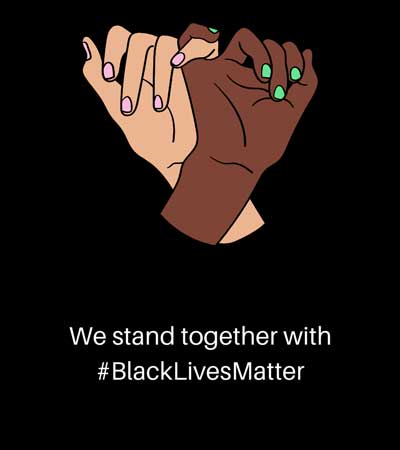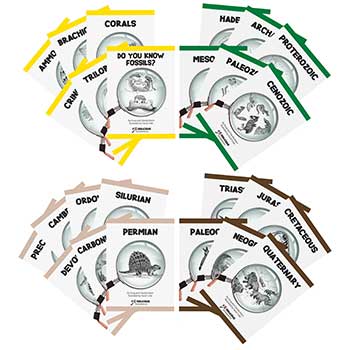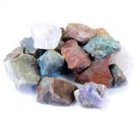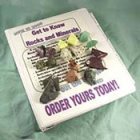Sign up for Lesson Plans, discounts & more!
The Rock Walk
Walkin' N Rockin'
A Lesson Plan

Photo courtesy of http://willschlough.com
The benefits of a Rock Walk
Besides the joy of being outdoors and picking up rocks (Who doesn’t LOVE this?), these are the outcomes you can expect from this activity:
There you have it. One simple activity that your students will love. You’ll be supporting classroom culture development, executive function development and getting your students excited to learn about what makes the rocks look so different.
Instructions for the Walk:
Share with your students as needed. The skill being practiced is written in parentheses.
- Students work in partners. (Collaboration)
- Each student picks up a rock at approximately the same time and they compare what they find. (Sensory discernment/discrimination)
- If the rocks look different, students each keep their rock. (Decision-making)
- If the rocks look the same, one of the students has to find a rock that looks different. (collaboration, decision-making, point of view, discussion, sticking up for yourself)
- Students keep walking and finding new rocks. (Practicing/Review of skills)
- As new, interesting rocks are found, comparisons to previously found rocks are made. If the rocks look the same, they go back to the ground. If they look different the students may choose to add them to their collection. (collaboration, decision-making, point of view, discussion, sticking up for yourself)
- The group stops when each team has 4 to 8 rocks.
- When you return to the classroom (or home!), label the rocks with children’s names and place them in a basket that can live on a shelf. Add a magnifier to the basket, so children can take the rocks and examine them more closely.
- When you return to this activity, you’ll do more comparisons, to get down to just two of each “type” of rock. These matching pairs will be used in study of types of rocks and rock formation. To continue the comparison process:
- Ask students to pick just one or two of their found rocks from the basket to bring to the circle. You can do this with the whole class or in smaller groups. Eventually you’ll just have to go through as many meetings as you have rocks to sort.
- Compare students’ collected rocks.
- When duplicates are found, some need to be returned to the basket.
- This can become a class decision about which similar specimens should stay in the basket and which should go back to the outdoors. (This will develop their skills of persuasion, problem-solving, and group cooperation.)
- When duplicates are found, some need to be returned to the basket.
- Ask students to pick just one or two of their found rocks from the basket to bring to the circle. You can do this with the whole class or in smaller groups. Eventually you’ll just have to go through as many meetings as you have rocks to sort.
- Using theses “unique” rocks, have the students share descriptive words (adjectives) for the appearance of the rocks.
- Pass the rock around the circle so students get a good look or feel for the rock. They may say black, lined, sparkly, or heavy, light, etc. (These characteristics will be helpful when you begin to study the types of rocks.)
- When your students are ready, you can compare the rocks to photos of different types of rocks. (You can purchase a downloadable set of rock photo matching cards here.)
- This lesson can be the kick off for a more long-term study of rocks, minerals, volcanism, earth science…the possibilities are endless.
- Fossilicious.com has rocks, fossils, curriculum and field test kits for classroom geology, earth science, and cosmic education studies. Check them out here: Educational Materials
- This lesson can be the kick off for a more long-term study of rocks, minerals, volcanism, earth science…the possibilities are endless.
Instructions for Classroom Follow-up
Do me a favor, please. When you do this activity, take a moment to let me know how it goes. And please, share this post with your teacher friends. They will thank you for it!
Claudia Mann (claudiamann@fossilicious.com)
Claudia Mann has been involved in the Montessori community since 1982: first as a parent, then as a music teacher and classroom assistant, and through completing training and leading her own classrooms. She is certified in elementary I, II, and secondary I through the American Montessori Society. She served as a Montessori teacher trainer and training program supervisor with the Center for Montessori Teacher Education/New York from 1989 through 2000, has served as a field consultant for several elementary and secondary AMS training programs and is an Instructional Guide for the Center for Guided Montessori Studies. She and her husband, also an elementary Montessorian, own Fossilicious.com, an online store dedicated to the study of Cosmic Education and earth science.
Learn how Claudia can help you and your school Click Here!

INTERESTED IN MORE? IF SO, YOU MAY WANT TO CHECK OUT OUR OTHER SITES:
fossilicious.com - Our online fossil and mineral rock shop.
fossils-facts-and-finds.com - An educational site about fossils.











